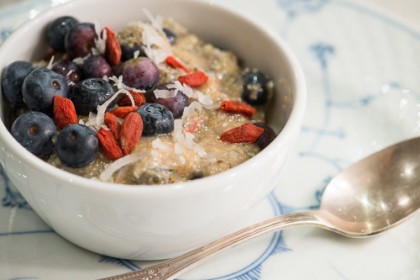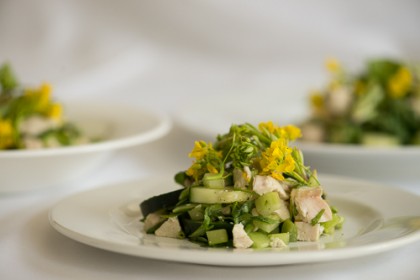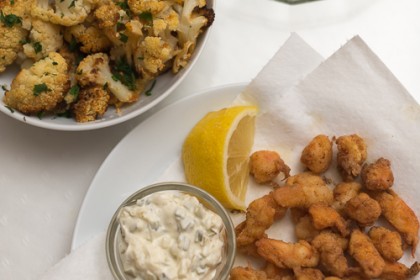I can count on one hand the food I miss that contains gluten. That is
because most of the what I miss I can make an identical gluten free
version. But bread is another story. My first cooking job was when I
was 18 baking bread for Ina Garten at her store The Barefoot Contessa
in East Hampton. I would go in at around ten pm and make about a
hundred baguettes, and several dozen round assorted loaves including
a round wheat berry and an oval dark rye bread. I would mix a huge
batch of dough in the giant mixer and then it would rise on a table
covered with a cloth. The covered dough felt alive because it was warm
and growing–and that is something I will never be able to recreate
for our gluten free family.
Although baking bread was my first cooking job, I wasn't a huge bread
person before I went gluten free. I must have intuitively known that
bread wasn't good for me, because it wasn't something I gravitated
toward. But, I did LOVE sourdough bread from San Francisco and I
remember that we would get it when someone went to the west coast. So
when I saw this recipe for a gluten free sourdough bread starter in a
the Gluten-Free Gourmet Bakes Bread by Bette Hagman, I had to try it.
The starter is rising in 2 quart mason jar in my kitchen, but it takes
1-3 days before it will be fermented enough to make bread. So tomorrow
I will try baking a loaf.
Mix the starter in a glass crock or jar and keep it out while it
ferments for 1-3 days. Then you can move it to the fridge. You need to
take it out at least 10 hours before baking. If you use it often you
can leave it out. Bette Hagman, who bakes bread more than I do, says
"If you use it often, as I do, let it stand on the kitchen counter
between bakings. Refrigerate or freeze it only when you leave on
vacation."
Bette Hagman's Sourdough Starter
2 1/4 teaspoons dry yeast granules (1 packet)
1 cup lukewarm potato water
(left over from cooking 2 potatoes and 2 cups water)
1 tsp sugar (1 used agave)
1 1/2 cups white rice flour
In a 1 or 11/2 quart glass jar, dissolve the yeast in the potato
water. Add the sugar (or agave) and rice flour. Cover and let the jar
sit until fermented (1 to 3 days), stirring every few hours at first.
This will bubble up and ferment and then die down with a skim of
liquid on the top. Be sure to stir well before using. The consistency
should be like pancake batter.
Replenish by feeding the remaining starter with 1/2 cup (or 1 cup)
lukewarm water and 3/4 cup (or 1 1/2 cups) rice flour as needed each
time you bake.




Cathy - I have the same recipe book and have thought about trying this recipe too.
Our Family Is His - Oy, I can’t bake anything GFCF that has the word bread in it. OK, so, after the wonderful starter is “started” and you are ready to bake, can you give us the blow by blow on how to do this? This seems to be my weakness. Regular bread I can do all day long. I can’t get a rise out of GFCF bread no matter what I do to it. Am I not leaving it long enough, kneading it long enough/too long, what am I doing wrong? Sigh, could you give us your technique for baking GFCF with this starter? And, yes, talk to me like I am 5 and assume I know nothing about bread making since I am obviously missing something with this type of bread.